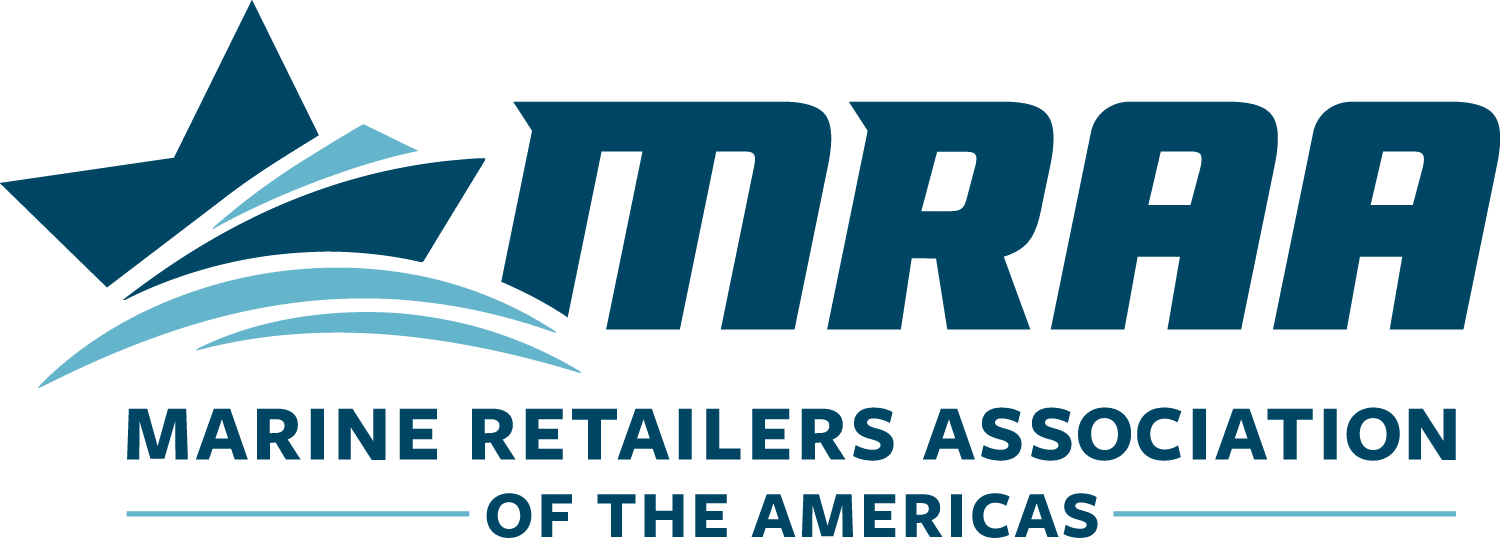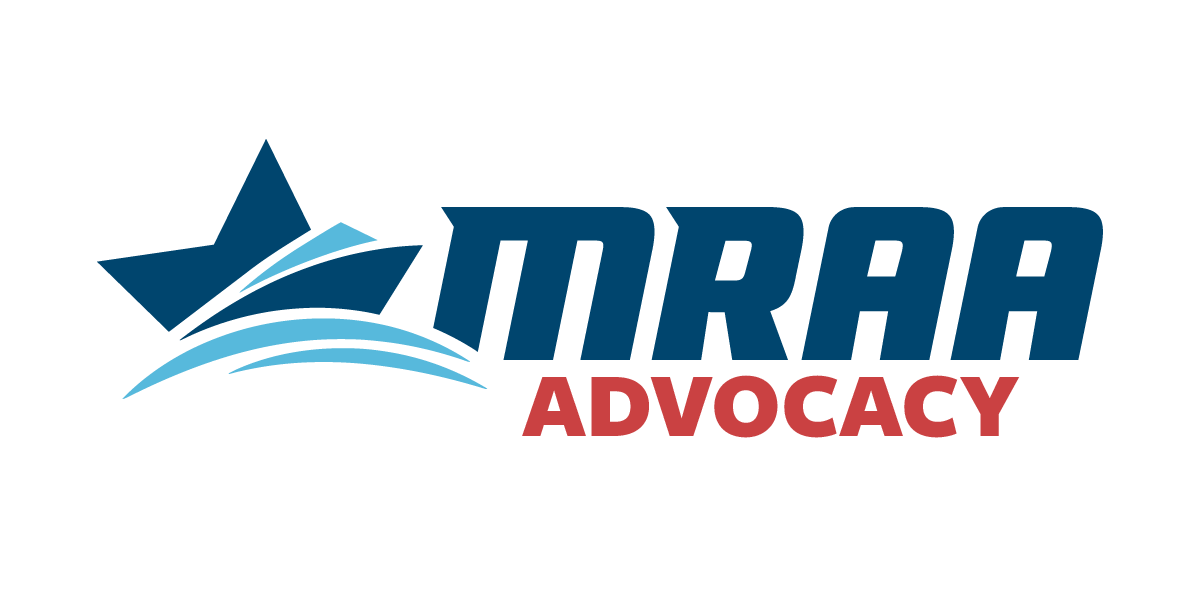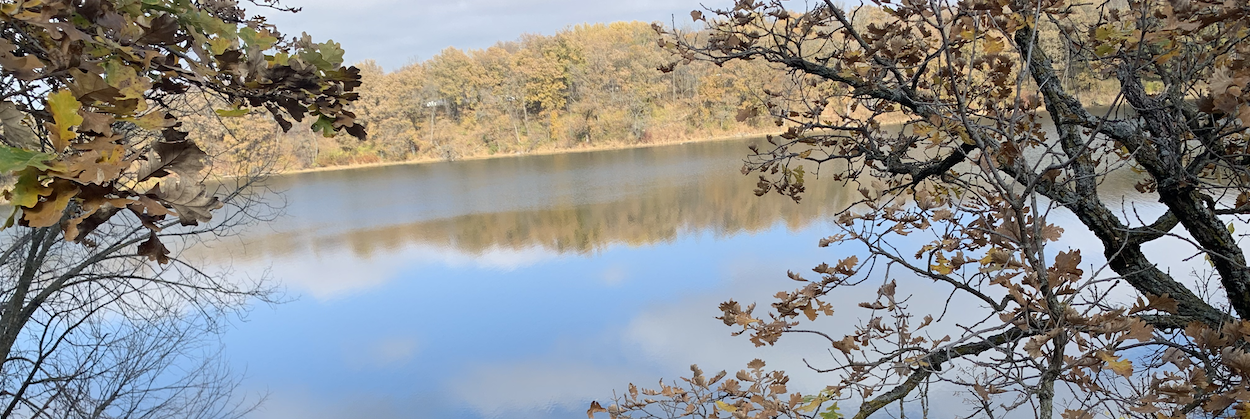• Recreational boating and fishing community submit comment, ask NOAA to pause rule
WASHINGTON, D.C., October 7, 2022 — Monday, the Marine Retailers Association of the Americas and other leading organizations representing recreational fishing and boating in the United States urged the National Marine Fisheries Service (NMFS) to pause its proposed North Atlantic Right Whale Vessel Strike Reduction Rule, citing numerous significant flaws with the proposal. The proposed rule would broaden the current 10-knot (11.5-mph) speed restriction to include vessels 35 feet and larger (down from 65 feet); expand the go-slow zones from discrete calving areas to essentially the whole Atlantic Coast out as far as 90 miles, and extend these zone restrictions as long as seven months a year. As currently drafted, this proposed rule stands to be one of the most impactful decisions for recreational boating on the East Coast, ever. To bring yourself up to speed, take a second and read our blog here.
The recreational fishing and boating community prides ourselves on conservation and have a long track record of not only directly supporting conservation through excise taxes paid into the Sport Fish Restoration and Boating Trust Fund (SFRBTF) but through our advocacy efforts as well. However, our community also has a responsibility to intervene when decisions do not reflect proper natural resource management, to ensure an outcome that balances achieving conservation goals with practicality. Click here to read our formal comment letter.
“Protecting right whales is urgent, and we are ready to do our part. NMFS’ failed due diligence excluded from the conversation America’s recreational anglers and boaters – the most affected stakeholders. The agency needs to get it right,” said Jeff Angers, president of the Center for Sportfishing Policy. “Based on actual interactions between recreational boats and right whales, the proposed restrictions on vessels 35 to 65 feet are unjustifiable, ineffective and unnecessarily costly to America’s economy.”
Although this proposed rule has been in development for more than a year, NOAA’s Office of Protected Resources did not conduct any formal engagement with stakeholders. A pause would allow time for additional analysis of significant flaws within the rule and potential new alternatives to be developed in collaboration with the recreational fishing and boating industry.

“The recreational boating community is definitely on edge right now, as the scope of this rule stands to have a major impact on all aspects of our industry,” said Chad Tokowicz, Government Relations Manager, MRAA. “From boat dealers and rental operators to the manufacturers of boats, engines and components, this rule stands to not only impact coastal communities along the East Coast, but will also impact manufacturing jobs and businesses across the United States.”
Among the recreational fishing and boating community’s many concerns with the proposed rule, most notable are:
- An analysis of NMFS data found approximately 5.1 million recreational fishing trips were taken in this region by vessels 35 – 65 feet in length since 2008. Assuming all five right whale strikes during that time were from recreational vessels, and that all these vessels were on fishing trips, the chance of a 35- to 65-foot recreational vessel striking a right whale during an offshore fishing trip is at most 0.000098 percent, or less than one-in-a-million. Attempting to predict risk on a one-in-a-million chance of a vessel strike is simply not an effective management strategy and highlights the futility of expanding the Seasonal Speed Zones (SSZs) to address such a small possibility of vessel strike interactions.
- NMFS is using unrepresentative whale density values in their risk modelling, thereby creating a significant bias that may overestimate risk to whales from small vessel strikes. NMFS’ own technical memo states that, “the high densities predicted along the mid-Atlantic may not be realistic.”
- The model assumes 10-meter draft depth criteria when calculating vessel strike risk. However, recreational vessels in this size class rarely have a static draft that exceeds 2 meters. This also creates bias that may overestimate risk to whales from small vessel strikes.
- NMFS underestimates the number of recreational vessels that will be impacted by the proposed rule at 9,200 vessels. However, based on 2021 vessel registration data analyzed by Southwick Associates, there were more than 63,000 registered recreational saltwater vessels measuring 35 to 65 feet in states across the proposed SSZs.
- NMFS estimates the positive economic output from whale watching in the northeast at $95.1 million. In contrast, NMFS estimates $46.2 million in negative impacts for all vessel size classes and regions combined. It is difficult to understand how the economic benefits of whale watching operations in the northeast exceeds the proposed rule’s economic harm to all recreational vessels.
- Enforcement of the proposed rule using Automatic Identification Systems (AIS) would be impractical and could lead to significant human safety risk. AIS is mandatory for certain vessels over 65 feet to improve the navigational safety of the vessel and other vessels operating in the area. AIS is not required on 35- to. 65-foot recreational vessels although many boat owners voluntarily carry and operate AIS for the added safety-at-sea benefits. It is a very real concern that operators of boats less than 65 feet may decide to turn off their AIS systems in fear of triggering a speed restriction enforcement action. This would have the unfortunate consequence of reducing navigational safety, boater safety and hampering efforts during search-and-rescue operations.
- Vessel speed is a significant safety feature on a recreational boat. Most recreational boats lack high-displacement hull design that often provides ocean-going and commercial vessel stability and the ability to operate safely in significant sea states. The 10-knot speed limit would force recreational boaters to operate in conditions that would compromise safety of the passengers and vessel.
As part of pausing this rule, the organizations are calling on NMFS to work with the recreational fishing and boating community on more scientifically justifiable management solutions that are less severe and more effective options to protect right whales.

The coalition of groups calling for NMFS to pause the Proposed North Atlantic Right Whale Vessel Strike Reduction Rule includes American Sportfishing Association, Boat Owners Association of the United States, Bonefish and Tarpon Trust, CSP, Coastal Conservation Association, Congressional Sportsmen’s Foundation, Guy Harvey Ocean Foundation, International Game Fish Association, MRAA, National Marine Manufacturers Association, Recreational Fishing Alliance and Theodore Roosevelt Conservation Partnership.
About the Marine Retailers Association of the Americas
At the Marine Retailers Association of the Americas, we believe that for the marine industry to thrive, the retail organizations that interact with the boaters in their community must thrive. With that in mind, MRAA works to create a strong and healthy boating industry by uniting those retailers, providing them with opportunities for improvement and growth, and representing them with a powerful voice. For more information, visit MRAA.com or contact us at 763-315-8043.




